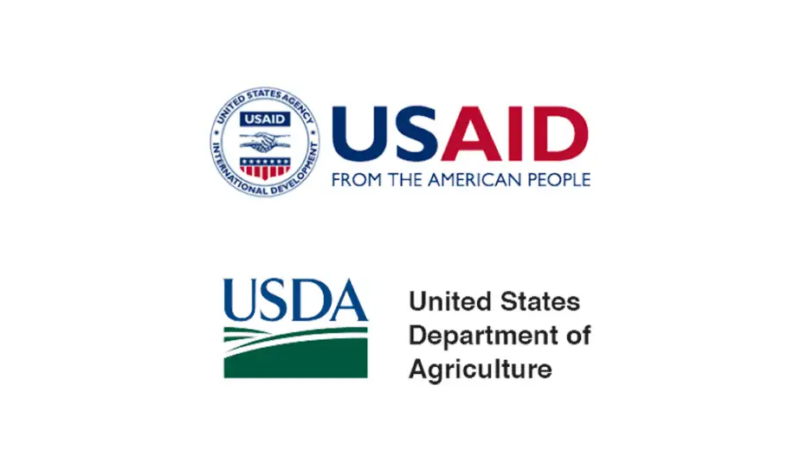
Nepal, a predominantly agrarian society, relies heavily on agriculture for sustenance and livelihoods. With over 65% of its population engaged in farming, agriculture serves as the backbone of the country’s economy.
However, despite its significance, Nepalese agriculture faces numerous challenges such as limited access to information, inadequate infrastructure, erratic weather patterns, and traditional farming practices.
In recent years, Information and Communication Technology (ICT) has emerged as a transformative tool capable of addressing these challenges and revolutionizing agricultural practices in Nepal.
One of the primary benefits of ICT in Nepalese agriculture is the enhanced access to information for farmers.ICT provides farmers with easy access to vital information related to weather forecasts, market prices, agricultural practices, pest and disease management, and government policies.
This information empowers farmers to make informed decisions, leading to increased productivity and profitability.Through mobile applications, agriculture-based televisions, FM radio, print media, online portals and call centers; farmers can now access real-time information on weather forecasts, market prices, agricultural techniques, and government policies.
Now days, there are dedicated two agricultural television and one radio stations who only broadcast agricultural news. Also, there are several dedicated agricultural newspapers and online portals.
Almost, media regularly cover agricultural news and main stream media has appointed reporters for agriculture beat. This access to timely and relevant information empowers farmers to make informed decisions regarding crop selection, resource allocation, and marketing strategies, ultimately leading to increased productivity and profitability.
Contributing productivity
Major trouble for rural farmers is market linkage. ICT platforms have revolutionized market access for Nepalese farmers by connecting them directly to buyers, bypassing intermediaries and ensuring fair prices for their produce. This direct market access helps in reducing post-harvest losses and increasing farmers’ income.
There are several marketplaces and mobile applications enable farmers to showcase their products to a broader audience, negotiate prices, and arrange logistics efficiently. By eliminating middlemen, farmers can retain a larger share of the profits, thereby improving their economic well-being and reducing vulnerability to market fluctuations.Now days, e-commerce markets places are also being established in Nepal.
Farmers can directly create an ecommerce platform and can sell their products themselves. It enables farmers to directly link to the consumers with freshly picked products. It also decreased traditionally operated shop, marts and huge number of employees.
Precision and Dissemination
ICT tool such as drip irrigation, automatic drones, sensors etc. are revolutionizing agricultural practices in Nepal through precision farming techniques. These technologies enable farmers to reduce human involvement for irrigation, monitor crop health, soil moisture levels, and nutrient requirements with unprecedented accuracy.
By optimizing resource use and minimizing wastage, precision farming not only increases yields but also promotes sustainable agriculture. ICT facilitates the dissemination of agricultural extension services to remote and marginalized communities in Nepal.

Extension workers can leverage mobile applications, audio-visual tutorials from radio, TV, online portals, and interactive workshops to provide training on modern farming techniques, pest and disease management, and post-harvest handling practices.
By enhancing the knowledge and skills of farmers, ICT-driven extension services contribute to the adoption of innovative practices and the improvement of agricultural productivity across the country.
Transforming Value Chain
ICT solution is being a crucial part for transforming the agricultural value chain. It facilitates real-time monitoring, tracking, and management of agricultural productions from farm to fork.
ICT applications and platforms enable farmers to efficient record their harvests, track inventory levels, and coordinate transportation and logistics. By improving transparency, traceability, and efficiency in the supply chain, ICT helps reduce post-harvest losses, ensure food safety, and enhance market access for Nepalese farmers. It ensures the quality and safety of agricultural products.
ICT plays a crucial role in promoting financial inclusion among Nepalese farmers by providing access to mobile banking, digital payment services, and banking opportunities. Mobile money platforms enable farmers to receive payments for their produce directly into their accounts, access credit facilities, and purchase inputs such as seeds, fertilizers, and machinery.Farmers can access credit, insurance, and other financial services conveniently, facilitating investment in agricultural inputs and technologies.
By facilitating financial transactions in rural areas, ICT promotes economic empowerment, entrepreneurship, and investment in agricultural development.
Information and Communication Technology (ICT) plays a crucial role in modernizing and enhancing agricultural practices in countries like Nepal. Here are several ways in which ICT contributes to the advancement of agriculture in Nepal.
ICT platforms serve as effective channels for agricultural extension services. Extension workers can disseminate agricultural best practices, training modules, and advisory services to farmers through mobile apps, SMS, and online portals. This helps in improving farming techniques and adopting innovative practices.
ICT plays a crucial role in implementing agricultural policies and programs effectively. Governments can use ICT platforms for monitoring and evaluation, ensuring transparent governance, and soliciting feedback from stakeholders.
Overall, the integration of ICT in Nepalese agriculture holds immense potential to drive sustainable development, improve livelihoods, and contribute to food security in the country.
However, it’s essential to address challenges such as digital literacy, infrastructure limitations, and affordability to maximize the benefits of ICT in agriculture.





